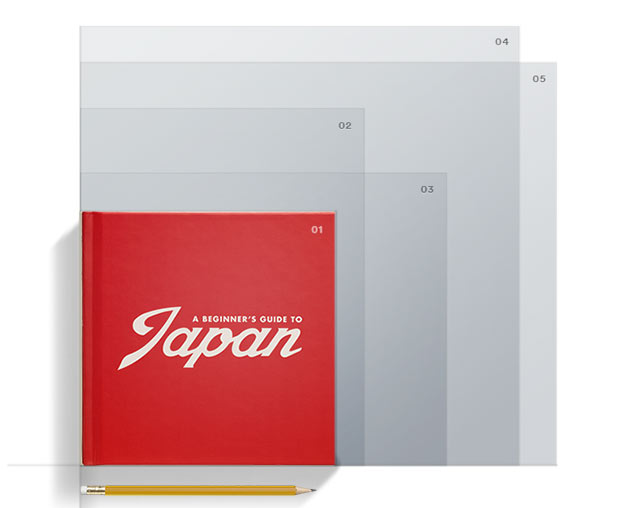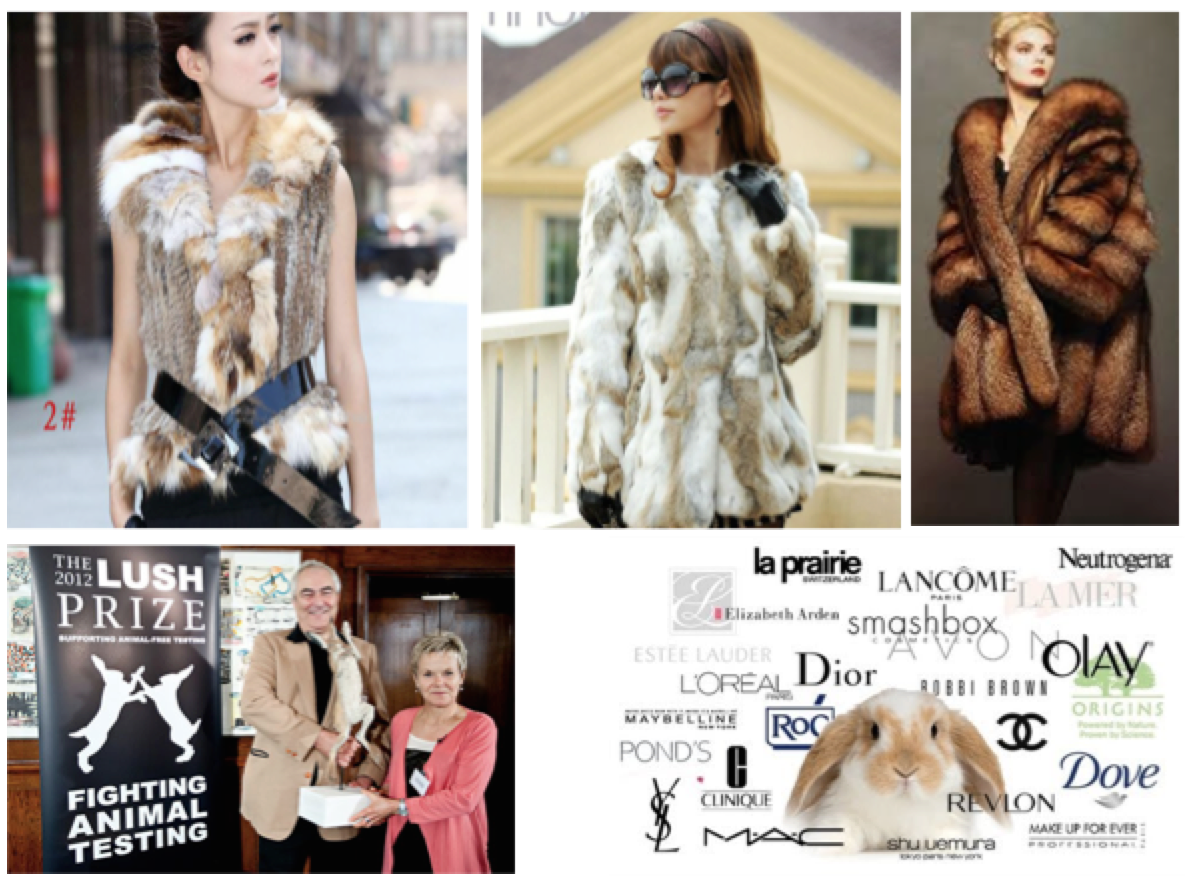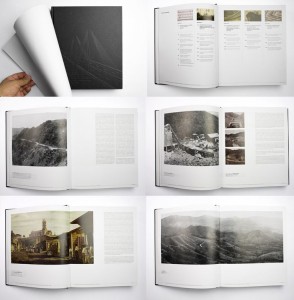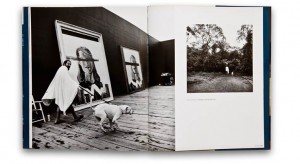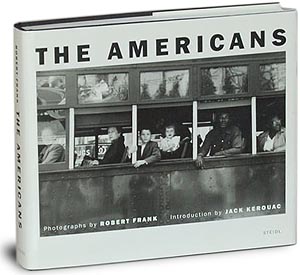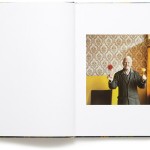Personal Study for Photography
Question: How do two different islands, with environmental and cultural differences, change people’s outlooks on life?
Introduction
In this personal study I want to explore the various differences between Madeira and Jersey; which are European islands situated in the Atlantic. Since I was born in Jersey and have many Madeiran family members, I’ve always been intrigued by these two worlds. During the course I became quite interested in documentation and I liked the idea of capturing real moments. I’ll be comparing two photographers throughout my study; this includes Sebastiao Salgado and David Alan Harvey. Although both artists work in a diverse style, the many similarities in their work unite them. Salgado’s photographs focus mostly on rural places which opposes Harvey’s creations. Salgado stated: “The only way to give us an incentive, to bring hope, is to show the pictures of the pristine planet.” This quote highly applies to the peaceful and majestic images that I took in Madeira as 77% of the region is uninhabited. The photojournalist shows mostly traditional scenes with portraits of people in their natural surroundings. David Alan Harvey’s street photography also captures exquisite moments in modern and developed counties. He said: “Don’t shoot what it looks like. Shoot what it feels like.” He portrays the fact that the feeling in the image is better than the aesthetical qualities. I have emulating his work and taken pictures of Jersey, since it’s a very lively and developed place. This will make for a very interesting comparison as both of them have separate ideologies, opinions on people and the earth. During editing I want to experiment with black and white filters much like Salgado and also some colour like Harvey uses. I’d like to discover if: the environment, culture, community, tradition, family, lifestyle, etc; has an impact on us and how that effect changes depending on the style it’s photographed in.
Paragraph 1 – Jersey and Madeira
Jersey and Madeira have many similarities, but in accordance they also have a lot of differences. For instance, they are both situated in the North Atlantic Ocean in the continent of Europe. Jersey’s a British island situated off the coast of France; it’s famous for its Jersey cows, natural produce and lovely picturesque beaches. Much like Madeira, it’s the biggest island in its channel.
The environment in Jersey is maintained and kept clean in the majority of areas; where trees are in abundance and wildlife can thrive. In fact it’s is the only location in Britain, where green wall lizards naturally occur. Similarly, they resemble the Madeiran wall lizard which is also native to the island. Nonetheless, once in the capital of St. Helier, you can notice the change; the town and surroundings are filled with an array of: business buildings, houses and hotels, which give it a much more civilised ambience; especially in the high-street, since there is a lack of green spaces in that area. In accordance to culture, the island holds many events, for instance: Battle of Flowers, Jersey Live, the Eisteddfod, Bonfire night, Battle of Britain, market days and even food festivals; which incorporate Portuguese food and make a connection to Madeira. Tourists may be attracted to vintage landmarks such as: castles, underground hospital and bunkers. These historical places enclose many intriguing stories and demonstrate the struggles of the time, for instance when the German’s invaded.
In accordance, the Madeiran environment is made up of beautifully natural areas. The picturesque surroundings are filled with wild plants, animals and buildings. Most parishes contain an array of the common orange-tiled houses; but since 77% of the island is uninhabited, it’s not surprising that the overall island is eco-friendly. Madeira is commonly associated to the slogan: “Pearl of the Atlantic.” The pearl referred to is actually black; which makes sense as it reflects Madeira’s black sandy beaches and volcanic terrains. The word is also connected to beauty and value, which the island upholds. The capital city of Funchal is always beaming with different activities like: cable cars, hot air balloon rides, toboggan sled rides, etc. Cultural activities include:
Content: you could look at the following…exemplify your hypothesis and introduce your first photographer. Select key works, ideas or concepts and analyse in-depth using specific model of analysis (describe, interpret and evaluate) – refer to your hypothesis. Contextualise…what was going on in the world at the time; artistically, politically, socially, culturally. Other influences…artists, teachers, mentors etc. Personal situations or circumstances…describe key events in the artist’s life that may have influenced the work. Include examples of your own photographs, experiments or early responses and analyse, relate and link to the above. Set the scene for next paragraph.
Paragraph 2 – Influences and Styles – (287 words) and (? words)
Salgado was born in Brazil and grew up in a humble manner surrounded by uninhabited landscapes that covered approximately 70% of his small town; he had a real sense of community. His interest in economics, lead him to study it at university; the course taught him about: production, consumption, transfer and wealth. After dropping all for a pursuit in the photography world, he started to passionately photograph human and animal conditions, and I believe that these topics were influenced by his previous economical knowledge, as well as the fact that he witnessed his hometown changing into industrial mayhem. He stated: “my photography is consistent ideologically and ethically with person I am”; this could indicate that his: life experiences, goals, family life and opinions are used as inspiration for his studies. He also mentioned that: “I don’t believe a person has a style. What people have is a way of photographing what is inside them. What is there comes out”; this further justifies that his photographs are based on his ideological viewpoints of the world. Nevertheless, Salgado was inspired by many photographers’ works such as: Lewis Hine, W. Eugene Smith and Walker Evans’s. Their sullen and bold style included dramatic contrasts of black and white, which Salgado liked. I think that Salgado used black and white to create a timeless image that could be portrayed by viewers in either one way or another, like the phrase ‘black and white way of seeing’. Black is symbolic of: purity, equality, fairness, independence, hope, etc. Meanwhile black signifies: hidden, unknown, fear, negativity, depression, etc. Whereas grey indicates: neutral and indecisive. Growing up in a modern time allowed Salgado to submerge himself into new insights which he discovered through travelling the world.


